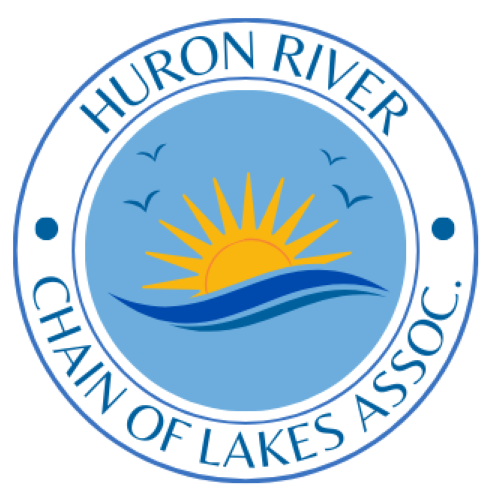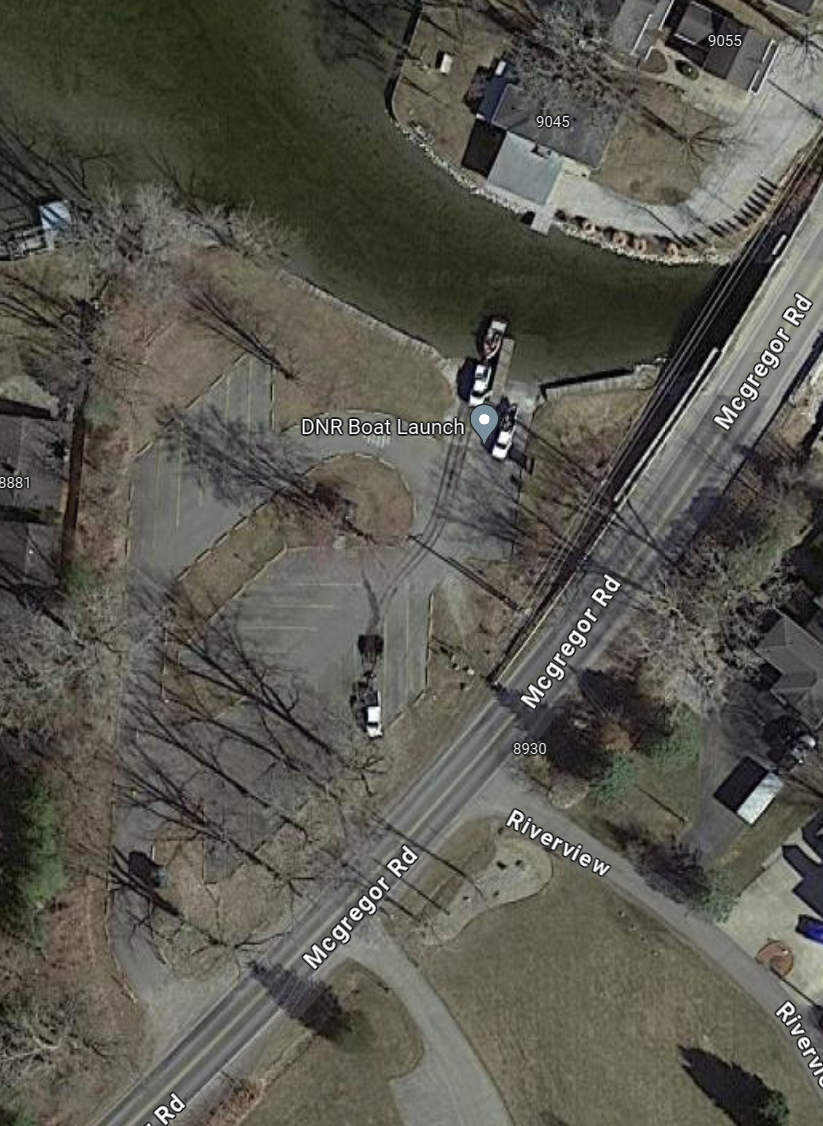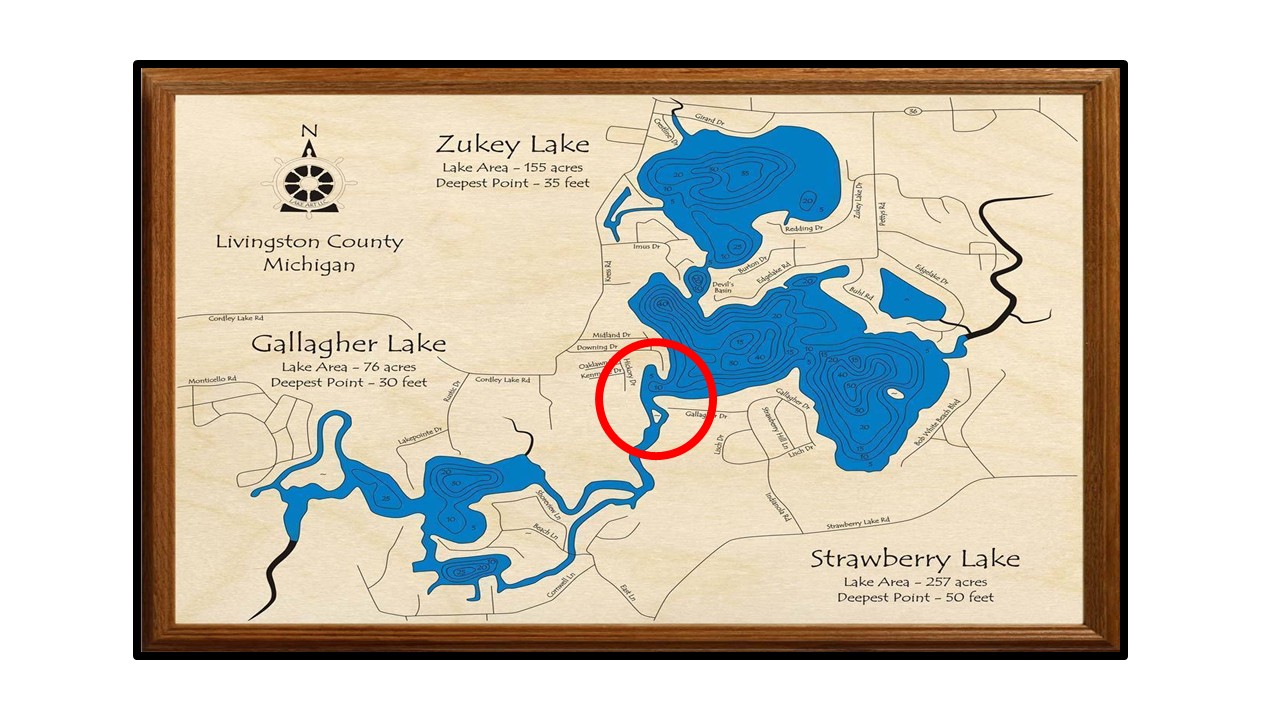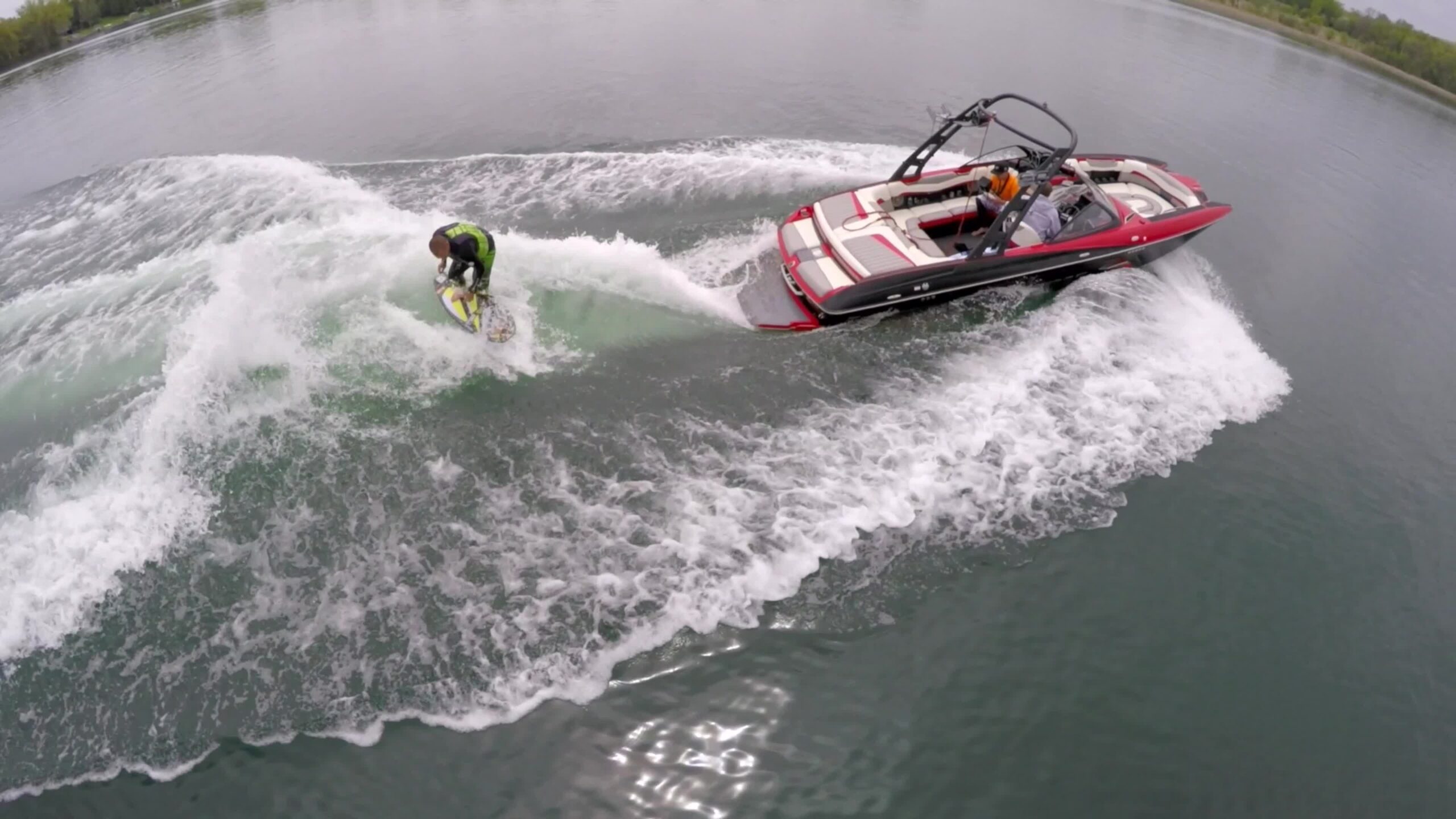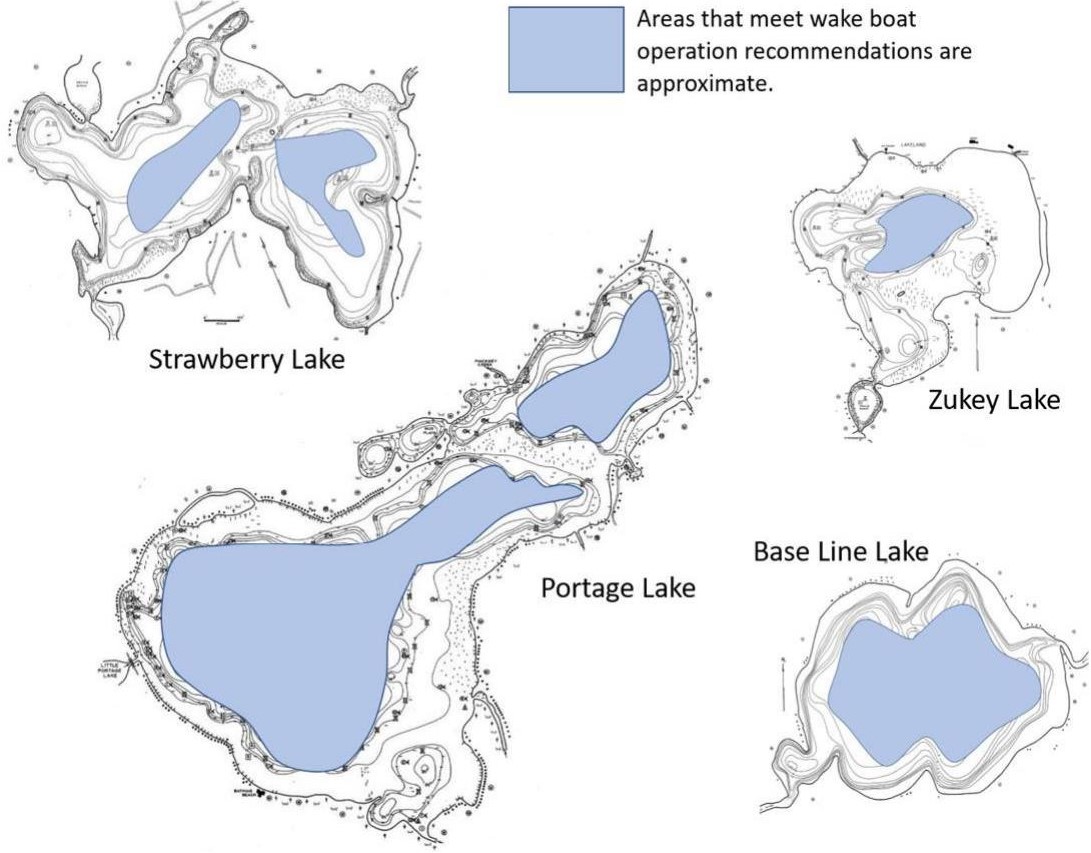boating
Boating While Protecting Our Water
Your boating adventure awaits on the inland waters of the Huron River Chain of Lakes. As your lake association, we promote a balanced approach to watercraft operation and management.
This approach encourages everyone to enjoy boating while protecting our waters and being safe. Regardless of your watercraft of choice – motorized boat, rowboat, jet ski, sailboat, canoe, kayak, or paddle board – we know you’ll appreciate clean and healthy waters.
For the benefit of the water and other lake users, operate your water craft safely and legally.
Where Can I Launch My Boat?
The only public boat launch on the Huron River Chain of Lakes is the public launch on the southeast shore or Portage Lake on MacGregor Road.
It is operated by Michigan DNR and requires a Recreation Passport. Recreation Passport
There are 21 parking spaces. Per DNR statewide policy, when these spaces are taken, the ramp is closed until spaces open up.
The launch has a hard surface ramp that is located in an area of limited water depth and limited water body size, where launching and retrieving of large boats may be difficult and is not recommended.
Before launching your watercraft, please be sure that the boat and trailer have been carefully cleaned to remove any invasive species. Clean your boat again upon removal from the water to avoid transporting the invasives that are already in the Huron River Chain of Lakes to other bodies of water.
Where Can I Anchor My Boat?
What Can I Do to Help Prevent Invasive Species
Invasive species move from lake to lake as a hitchhiker on watercraft, water toys, and fishing paraphernalia. As they thrive in our waters, they significantly harm the lakes and interfere with our enjoyment of them. Only we can stop their spread.
Before entering our waters, be sure that you have cleaned anything that will come in contact with our waters to avoid introducing any new invasives. After boating, be sure to clean and dry everything that comes in contact with our waters to avoid moving invasive species to other bodies of water.
-
- Thoroughly wash and examine your watercraft
- Briefly start your engine to blow all the water out of the cooling system before backing down to the ramp
- Rinse and dry your boat to make sure all possible “hitchhikers” have been eliminated
- Vigorously rub down your hull and exposed motor surfaces with a rough towel
- Drain your boat’s live wells and dry them out
- Never transfer drawn water from any other lake into our lakes—this includes bait buckets containing water from bait shops, water skis, and even scuba equipment
What do “No Wake” Buoys Mean?
“No Wake” buoys are deployed in locations throughout the Huron River Chain lakes where needed for safety and to protects adjacent shores.
These buoys indicate no wake zones. All areas of the Huron River are no Wake Zones, as are the channels between Portage Lake and the Huron River, between Portage and Little Portage Lakes and between Base Line and Tamarack Lakes
No Wake means having the throttle in gear only, not any faster. This is the minimum speed required to operate the vessel and maintain forward motion and steerage. In other words, you should move at a speed no greater than necessary to keep the boat under control, and no greater than 5 MPH.
Maneuvering the ‘S’ Curve between Strawberry Lake and the River
This section of the river is sometimes referred to as ‘Crunch Corner.
The Marine Law States – On Michigan narrow rivers and channels connected to the Great Lakes, the downstream powered boat – currently going downstream – has the right-of-way and the upstream powerboat must give way.
Please be courteous and honk several times and look for boats in either direction.
Wake/Surf Boats
As wake boats are becoming more common, they are also becoming more powerful.
If they are opperated in areas of lakes that are not large and deep enough they can:
-
- Stir up the muck and sediments including phosphorous and heavy metals from the bottom of the lake
- Feed algal blooms
- Harm fish nurseries
- Erode shorelines
- Can endanger other boaters
Michigan’s DNR recommends that wake/surf boats be operated:
-
- in water more than 15’ deep
- at least 500 feet from shore
A good rule of thumb is that if you can see a trail of stuff in the water behind your wake boat, it is damaging the bottom of the lake. Seek a deeper location where you can operate your boat without disturbing the lake bottom.
The areas shown in blue on the maps below show the approximate areas on the Huron Chain of Lakes where wake/surf boats that meet the DRN requirements for wake/surf board use. The other areas are too shallow or too close to the shore.
Huron River Chain lakes that can accommodate wake boats operating in wake mode are:
- Portage Lake
- Base Line Lake
- Strawberry Lake (small area)
- Zukey Lake (small area)
Lakes on the Huron River Chain that CANNOT accommodate wake boats operating in the wake mode are:
- Little Portage Lake
- Whitewood Lake
- Gallagher Lake
- Tamarack Lake
The Huron River can also not accommodate wake boat operation in wake mode.
What Else Can Boaters Do to Protect Our Waters
Help keep the lakes and surrounding environment healthy by following these lake-friendly boating practices!
Follow “No Wake” Signs and Buoys
No wake areas protect sensitive shorelines from erosion and the nesting and spawning areas of our wildlife. All watercraft must stay 100 feet from shore, rafts, docks, buoys, and swimmers unless moving at a slow, no-wake speed. Personal watercraft must remain 200 feet away from these obstacles unless operating at a no-wake speed.
Keep Fuels, Solvents, and Detergents Away From the Lake
Contrary to popular practice, dockside is not the ideal place to wash your boat. It’s ok to rinse your boat with lake water, but please do not wash it in the lake or use detergent which could rinse into the water. The same rule goes for paint jobs, varnishing and stripping—all of which require chemicals that are detrimental to water quality. In addition, fuels should always be stored and handled in an area where there will be no risk of spills into the lake water.
Relieve Oneself Before Heading to the Lake
If you intend to be on the lake for an extended period of time, then you should make contingency plans for toilet needs. State law prohibits relieving oneself in the lake, and any watercraft with toilet facilities must contain wastewater in a holding tank. On a similar note, bathing and washing hair in the lake with a bar of soap causes the same type of degradation in water quality as washing a boat with detergent.
Respect Wildlife
Unnecessarily disturbing wildlife causes them to burn energy for no purpose, can disrupt nesting and feeding patterns, and can harm the animals directly. Wildlife are already under tremendous pressure, so please give them room and respect their space.
